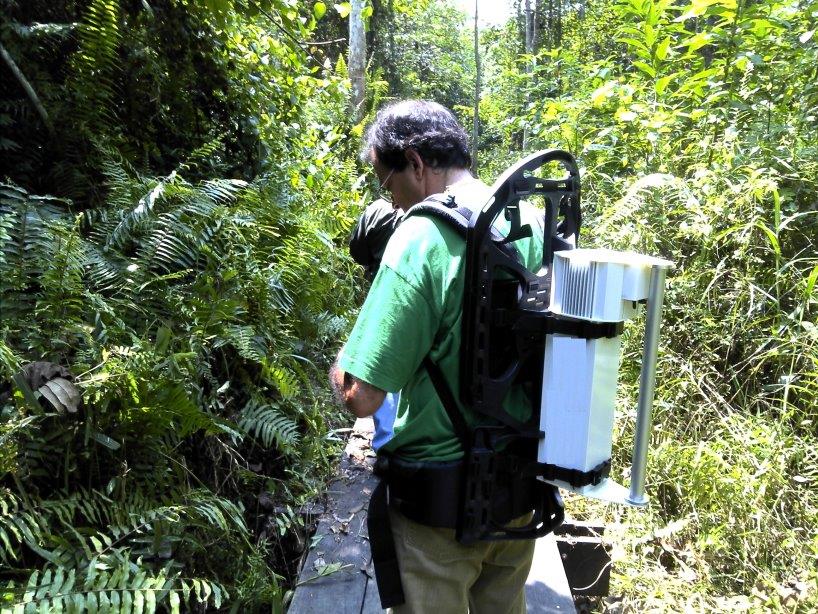4.3.2.1 NaI detectors
Thallium-activated sodium iodide NaI(Tl) crystals are the most commonly used in scintillation detectors for both laboratory and field gamma ray measurements. They are transparent, with a high density (3.66 g/cm3), and can be manufactured in large volumes. They have a detection efficiency of up to 100% for low-energy gamma rays but somewhat less for high-energy gamma rays. The dead time is of the order 10-7 s and the energy resolution for 137Cs at 662 keV is in the range ranges 7-10%, depending on the volume and the quality of the detector.
NaI(Tl) detectors are hygroscopic, they age, and they are fragile. The main disadvantages of NaI(Tl) detectors are their poor energy resolution (∼ 6-7 % for 661.6 keV) and the thermal instability of gain and resulting spectrum shifts, requiring of gain compensation electronic units for robust operation under field conditions. The wide use of NaI crystals makes their efficiency to be the reference.
NaI(Tl) detectors typically use crystals with 2x2 to 3x3 inches size for portable applications. The power consumption of these detection systems is relatively low (1.5 – 2.0W), they have relatively low cost and high flexibility for use in different applications. The NaI(Tl) detectors have been well tested for environmental gamma dose rate measurement (within 10 nSv/h to 20 μSv/h).

Larger volume crystals (∼4 L) NaI(Tl) and arrangements of multiple detectors are used for both ground and airborne surveys. The systems are installed in automobile vehicles and aerial platforms in combination with geo-referenced instruments for dose rate and gamma spectroscopy measurements over large areas. For underwater surveys the detectors commonly use 1.5x1.5 to 3x3 inches crystal sizes and they are dedicated for real-time surveillance in aquatic compartments, for continuous monitoring at affected sites or at site with potentially enhanced artificial or NORM radioisotope activity.